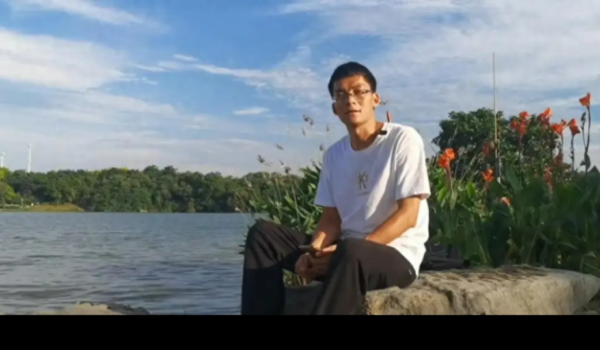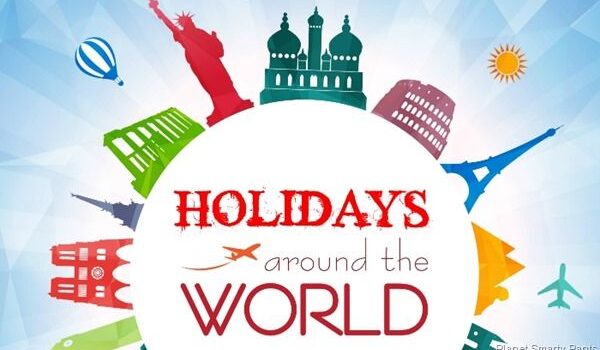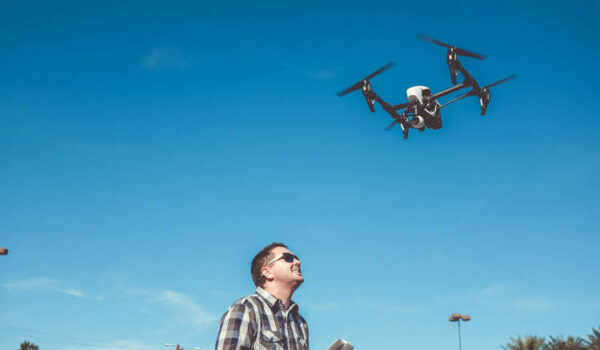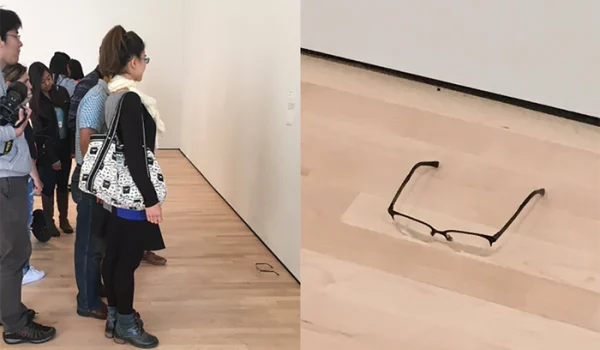The search for survivors buried in the wreckage of thousands of buildings in Turkey and Syria that were demolished by devastating earthquakes and aftershocks that killed more than 12,000 people continued on Wednesday by overworked rescue crews.
Turkish President Recep Tayyip Erdogan visited a “tent city” in Kahramanmaras, where people who had to leave their homes are residing, amid appeals for the Turkish government to deliver additional aid to the disaster area. Early in Turkey’s crisis response, he acknowledged shortcomings, but he swore that nobody would “be abandoned in the streets.”
Tens of thousands of Turkish humanitarian workers are currently present in the earthquake zone, and search teams from more than two dozen other nations have also arrived. The hope of finding survivors is dwindling, though, due to the extent of the destruction. Many people are still in need of assistance.
The window of survival for people who are buried beneath the debris of fallen buildings or who are otherwise unable to reach water, food, shelter from the elements, or medical care is fast closing, according to experts. They also stated that it was premature to give up on further rescues.
“The first 72 hours are considered to be essential,” says Steven Godby, a natural hazards expert at Nottingham Trent University in England, “since the condition of persons trapped and injured can worsen swiftly and become fatal if they are not rescued and given medical attention in time.”
The collected bodies of those who perished in the earthquakes but cannot be identified will be buried within five days, according to a statement made on Wednesday by Turkey’s disaster management organization. Unidentified victims would be buried after DNA tests, fingerprints, and after being photographed for potential identification, according to the organization known as AFAD. The action is in keeping with Islamic funeral customs, which call for burial to happen as soon as possible after a person passes away.








